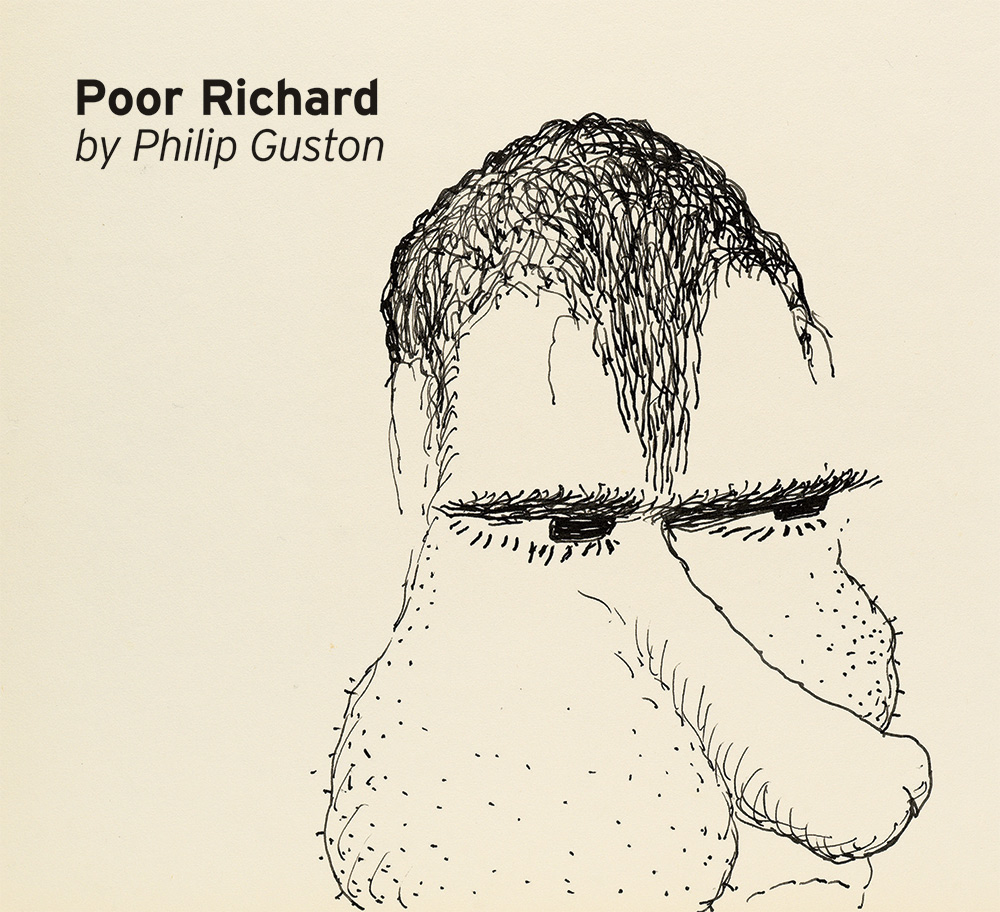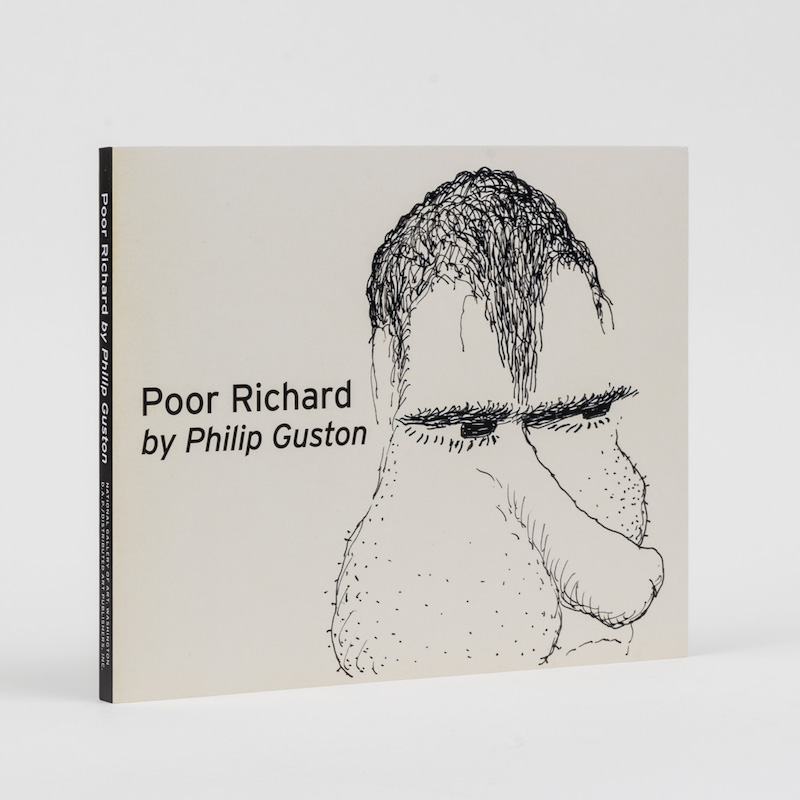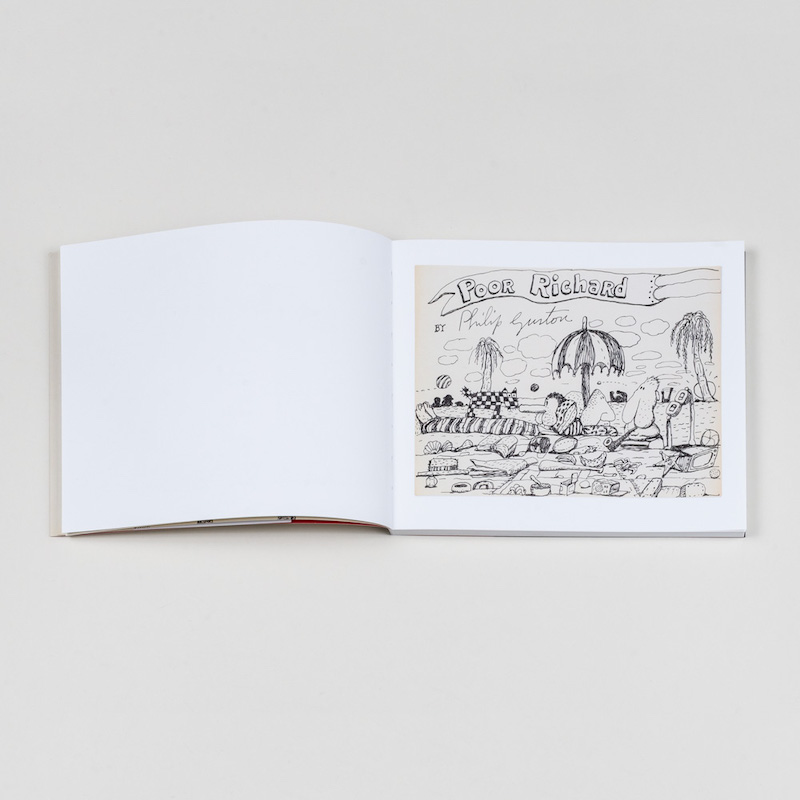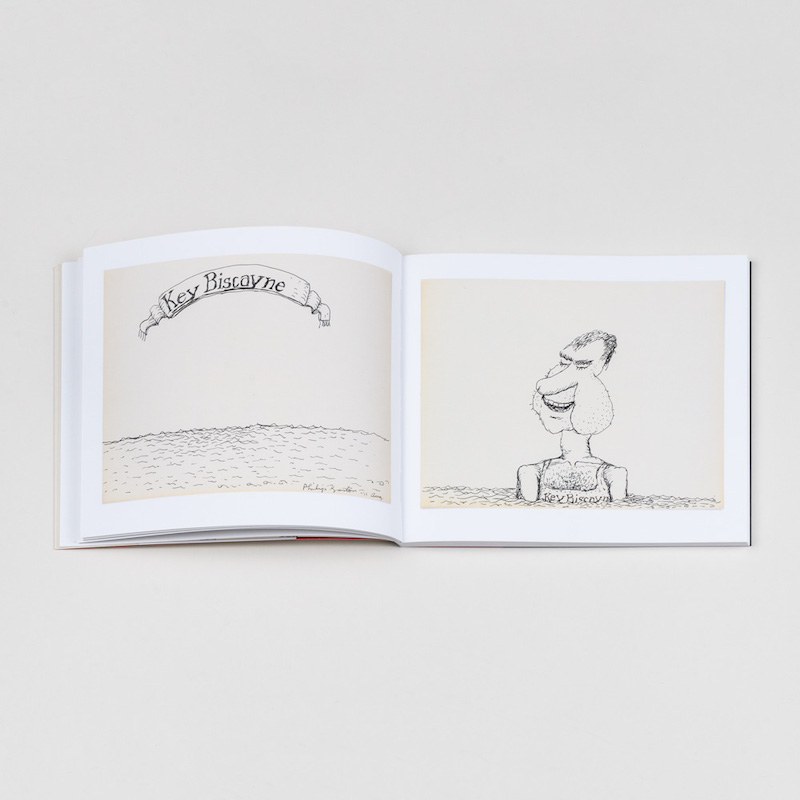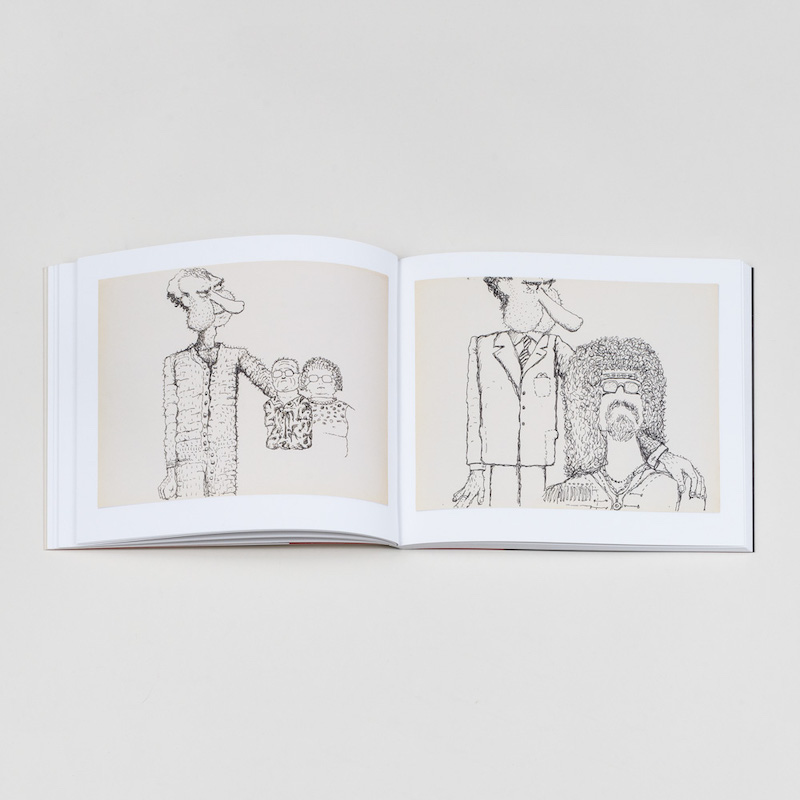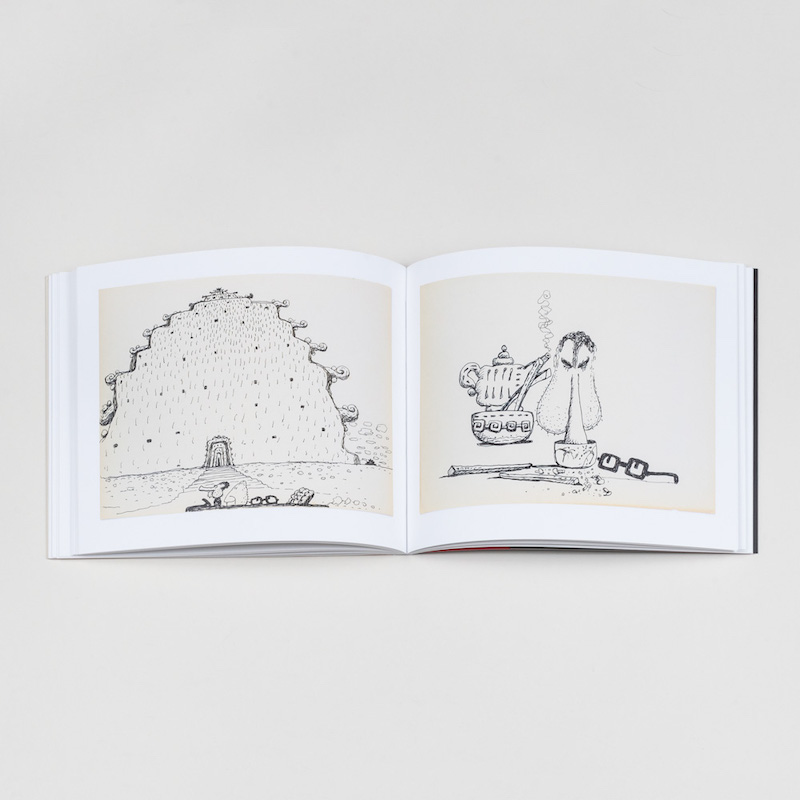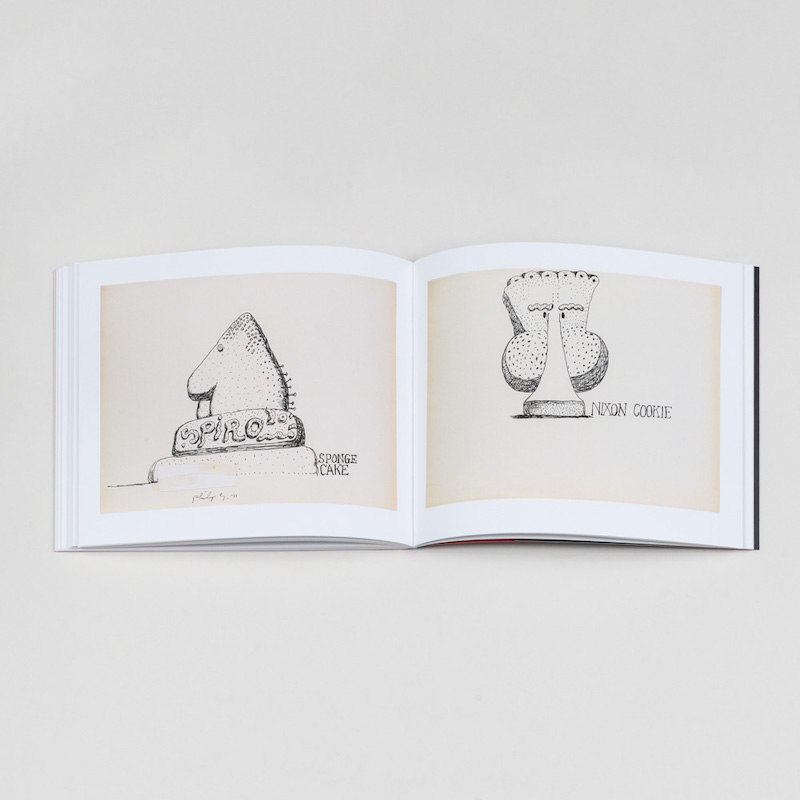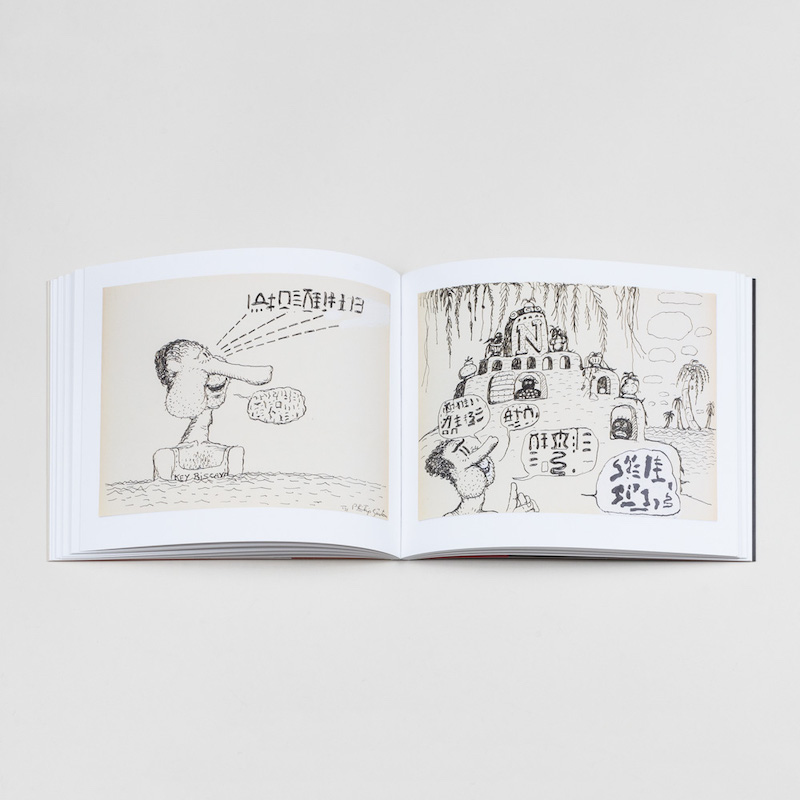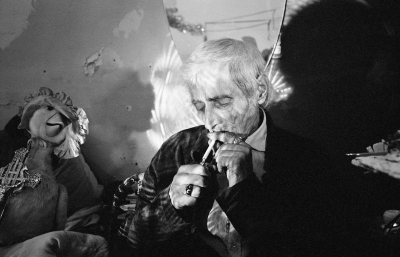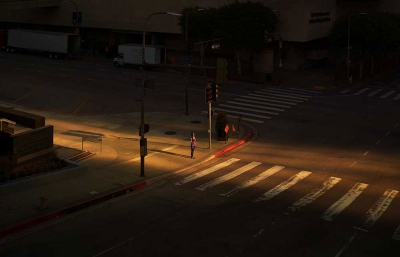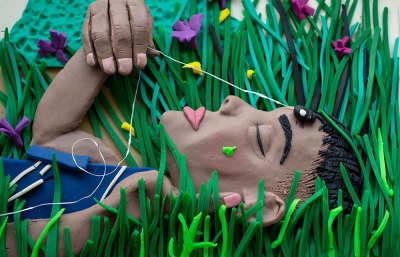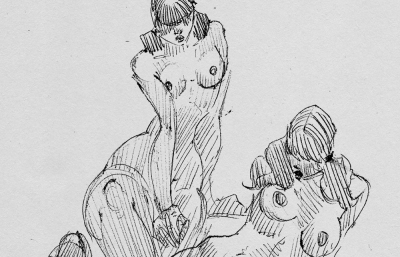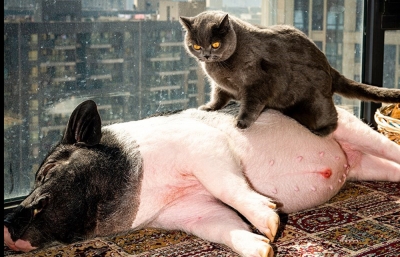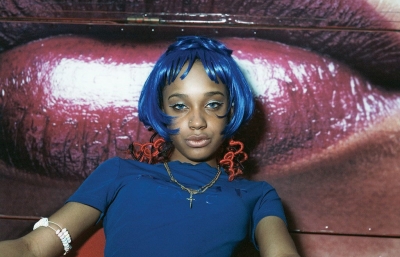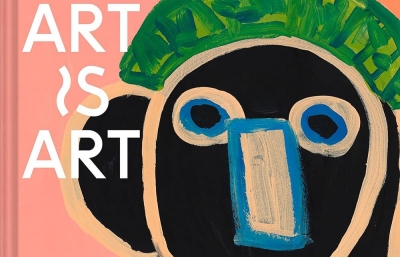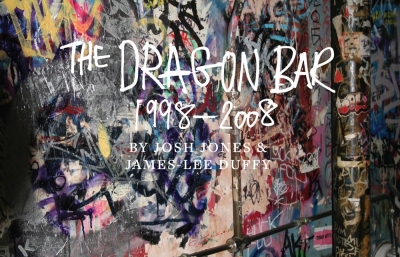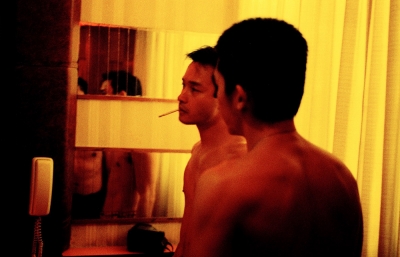For anyone who has ever watched "Arrested Development," this is for you. Years into Michael Bluth’s temporary presidency of the Bluth Company, he has been mired in what the bombast economic analyst Jim Cramer calls a "triple sell." Literally it’s the worst company on the stock market. Then one glorious morning, Cramer sees that Michael may be a glimmer of hope and raises the company to a "Don't Buy," literally up from the original rating of "Triple Sell." This makes Bluth so excited, so relieved, so energized that the irony of being in charge of a chaotic, incompetent, morally bankrupt company doesn't even matter anymore. He’s moved up!
After watching the Trump administration's discombobulated response to the pandemic, it felt like a Bluth Company storyline as opposed to the presidency of the most powerful and wealthy country in the world. One morning, the president wakes up, sees an infinitesimal dip in the death toll, and voila: "Don't buy! Problem solved! We are back to business!" A Bluth family metaphor is always welcome, but this aptly describes ineptitude and selfish-grandeur, but we are living in extraordinary times that are plagued with a surrealist storyline that even the most absurd of comedies could muster. And, for those who lived through the Nixon years, there is probably some sort of common thread between an emerging collective understanding that the "man in charge" is no longer working for the good of the people but for their own personal narrative in a dire drive for self-preservation that could stamp out democracy as we know it.
When we wrote earlier this week about Philip Guston Now, the catalog for the still-anticipated exhibition of the same name, it brought to mind Guston's work regarding Richard Nixon. In the early 1960's, Guston was an Abstract Expressionist beginning to feel the tides of social change of the decade. “When the 1960s came along I was feeling split, schizophrenic,” said Guston, from an interview in a book published by Phaidon on Abstract Expressionism. “The war, what was happening in America, the brutality of the world. What kind of a man am I sitting at home, reading magazines, going into a frustrated fury about everything – and then going into my studio to adjust a red to a blue? I thought there must be some way I could do something about it.”

Those chaotic years are a good barometer as to where we are now, though heightened by social media’s acceleration and decentralization of messages of authority. Guston didn't just convert from an abstract painter to Nixon cartoonist, but the works he created of Nixon grew out of his confidence as a more figurative painter. Poor Richard by Philip Guston collects much of his work from that time. Within the breadth of work and a series of 72 drawings, "Guston tells the story of Poor Richard (rendered with a distinctively phallic nose and scrotal jowls) stumbling through his rise to power, plotting strategy, shamelessly pandering to voters and planning his triumphant Asian Tour."
As ArtBook notes of the book, "Poor Richard by Philip Guston brings Guston’s series back into print. Reproducing Guston’s own sequencing, layout and original title page from 1971, Poor Richard by Philip Guston presents this shockingly fresh, delightfully profane series, with beautiful new reproductions, as the graphic novel it was meant to be."
Perhaps it's good to reflect on turbulent eras with a bit of humor or absurdity. Bluth Company desperation aside, we are living in a moment where fact, fiction and faith are jumbled into a deliberate naivety from the uppermost powers of government. Guston treated Nixon as he deserved, as a cartoon character bent on bending the world's history to his favor. As we relive our history, it’s good to have our own artistic blueprint on how to respond. —Evan Pricco

